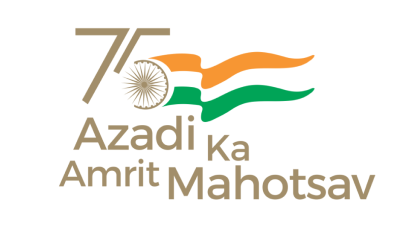RTI Online
In order to promote transparency and accountability in administration, the Indian Parliament enacted the Freedom of Information Act, 2002, which was repealed later and a new act, The Right to Information Act, came into force on 12 October 2005. The new law empowers Indian citizens to seek information from a Public Authority, thus making the Government and its functionaries more accountable and responsible. The Act has now been in operation for over three years and has benefited many, including the poor and the underprivileged. It has been highlighted in this report through various case studies that RTI Act has adequate “teeth” to bring in transparency and reduce corruption. At the same time it accepted that the Act has not yet reached the stage of implementation which was envisioned. However, it is still a matter of pride that we have given to ourselves, a tool which has the potential to usher in transparency, and reduce corruption. Notwithstanding the improvement requirements, the following achievements are undisputable: – The basic tenets of the Act have been implemented and the institutional mechanism is in place and is in use by citizens – The institution of Information Commission has assumed a pivotal position – Civil society Organisations have been, and continue to be, active in ensuring the implementation of the Act in letter and spirit – Civil society organizations and the media have started using the Act for bringing in transparency and objectivity – Centre and State Government departments have initiated the training of key functionaries to assume the responsibilities of PIOs and FAAs – Government employees/Public Authorities are aware of the basic elements of the Act – Various State Governments have taken up initiatives, which go beyond the stipulations of the Act, and further the spirit of the Act.


 Book Your Ticket
Book Your Ticket










